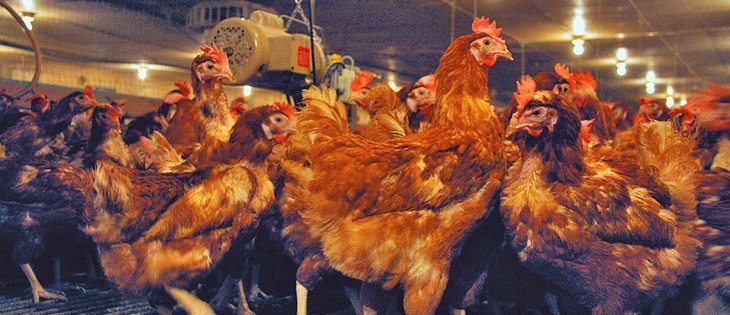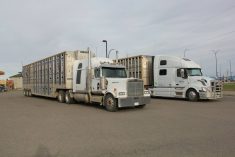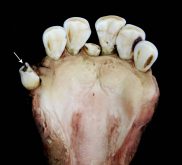NASHVILLE, Tenn. — Legislation currently before the U.S. Congress proposing major changes to hen housing systems has producer groups worried.
The Humane Society of the United States and United Egg Producers developed new requirements for laying hens that other livestock and poultry groups describe as a precedent setting.
“This is the first time we have had legislation on food producing animals,” said Kristina Butts, executive director of legislative affairs in Washington for the National Cattlemen’s Beef Association.
“When you have federal legislation telling you how to do your job, you have to go back and get more federal legislation to change it so you can do your job in a new way as science changes or consumers change,” she said.
Read Also

Manitoba extends Crown land rent freeze
Manitoba government links the continued rental rate freeze on grazing and forage leases to economic and environmental challenges facing the industry
Egg Products Inspection Act amendments of 2012 require producers to convert from traditional cages to enhanced housing systems by 2029.
Hen space would be increased to 124 sq. inches from 67 sq. inches per white bird. Brown bird cages would increase to 144 sq. inches from 76 sq. inches. The cages would include perches, nests and scratching pads.
Pork, chicken, sheep and dairy groups and the National Farmers Union are working with the beef producers to oppose it because they do not want animal care practices enshrined in legislation.
The HSUS is an animal rights group that supported a ban on horse slaughter in the United States where funding for meat inspectors in federal plants was pulled.
However, Butts said change may be coming because that funding ban was lifted late last year.
Dealing with HSUS can be difficult, said Dave Daley, a cow-calf producer and assistant dean of animal science at the University of California. Talking to animal rights groups and the public about common farm practices has not been successful so far.
“We have already lost the argument because we weren’t willing to listen to anybody who disagreed with us,” Daley said.
“We started to lose it when the movies Babe and Charlotte’s Web became popular. We didn’t realize how people value animals.
“They are part of their families and they have a hard time understanding how you could have a cow that you really like and still eat her.”
The HSUS released a 25-page report on the welfare and care of beef calves, describing castration, de-horning and branding as painful mutilations.
Calf transport was referred to as unnecessary stress and said weaning is cruel when young animals are abruptly removed from their mothers. It also said ear notching, electrical ejaculation and rectal palpations are potentially painful.
His university conducted a survey among 200 beef producers on attitudes on changing practices for improved animal welfare.
When asked if they would consider a different method of castration to lessen pain, 42 percent said they would approach change cautiously, 36 percent said they would adopt change and 11 percent said they would change as soon as a new technique was available.
The rest said things were fine as they are.
There were similar responses to dehorning. He said the public needs to hear a better explanation for these practices.
“Animals have a right to be treated ethically and humanely. That needs to be our story. There is a place for science but it is not the best way to reason with the public,” he said.
















